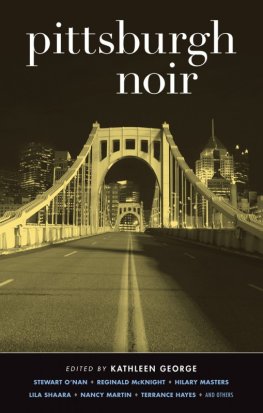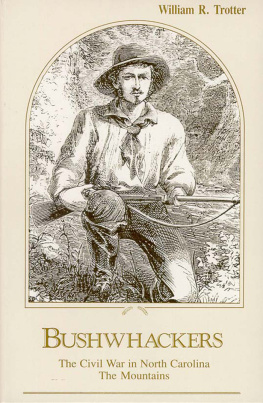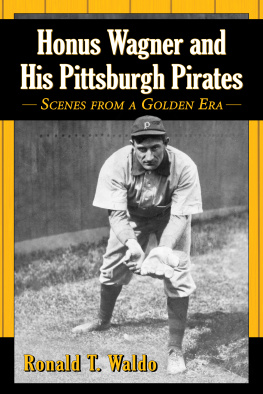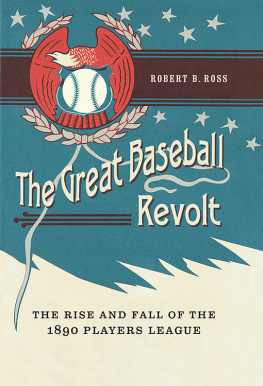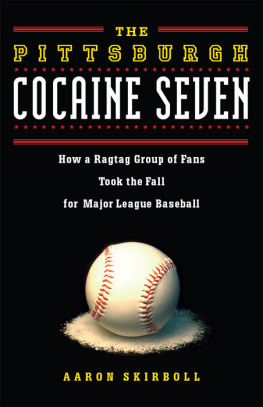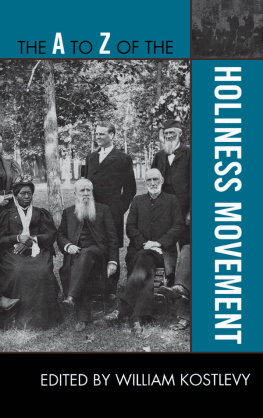Pittsburgh and the Urban League Movement
Pittsburgh and the Urban League Movement
A Century of Social Service and Activism
Joe William Trotter Jr.
Copyright 2020 by The University Press of Kentucky
Scholarly publisher for the Commonwealth,
serving Bellarmine University, Berea College,
Centre College of Kentucky, Eastern Kentucky University,
The Filson Historical Society, Georgetown College,
Kentucky Historical Society, Kentucky State University,
Morehead State University, Murray State University,
Northern Kentucky University, Transylvania University,
University of Kentucky, University of Louisville,
and Western Kentucky University.
All rights reserved.
Editorial and Sales Offices: The University Press of Kentucky
663 South Limestone Street, Lexington, Kentucky 40508-4008
www.kentuckypress.com
Library of Congress Cataloging-in-Publication Data
Names: Trotter, Joe William, 1945 author.
Title: Pittsburgh and the Urban League movement : a century of social service and activism / Joe William Trotter Jr.
Description: Lexington : The University Press of Kentucky, [2020] | Series: Civil rights and the struggle for black equality in the twentieth century | Includes bibliographical references and index.
Identifiers: LCCN 2020022804 | ISBN 9780813179919 (hardcover) | ISBN 9780813180700 (paperback) | ISBN 9780813179933 (pdf) | ISBN 9780813179940 (epub)
Subjects: LCSH: Urban League (Pittsburgh, Pa.) | African AmericansPennsylvaniaPittsburghSocieties, etc. | African AmericansPennsylvaniaPittsburghSocial conditions. | African AmericansCivil rightsPennsylvaniaPittsburghHistory. | Working classPennsylvaniaPittsburghHistory20th century. | Pittsburgh (Pa.)Race relationsHistory. | Pittsburgh (Pa.)Social conditions.
Classification: LCC F159.P69 N484 2020 | DDC 305.8009748/86dc23
This book is printed on acid-free paper meeting
the requirements of the American National Standard
for Permanence in Paper for Printed Library Materials.
Manufactured in the United States of America.
To Esther L. Bush and the Urban League of Greater Pittsburgh, in appreciation for a century of social service and activism
Contents
Prologue
This history of the Urban League of Pittsburgh (ULP) examines the organizations century of social service and activism in the Greater Pittsburgh metropolitan area. It complements existing studies of the Urban League movement and deepens our understanding of the Urban League as a national phenomenon. Most important, this book addresses the debate over the Urban League movements impact on the lives of poor and working-class blacks as they made the transition from farm to city. Some scholars and popular writers argue that the Urban League movement was largely a conservative force that rarely improved the lives of the black poor. Others defend the Urban League as a progressive interracial social movement that eased the painful impact of migration, labor exploitation, and poor living conditions on thousands of southern black newcomers to the city.
Important class and gender biases punctuated the Urban League movement in Pittsburgh and elsewhere across twentieth-century America and called into question some of its approaches to helping the poor. In the years after World War II, the Urban Leagues determination to expand the ranks of black professionals reinforced its popular image as a middleclass organization that had lost touch with the grass roots. Even so, this book shows that the Urban League of Pittsburgh supported and sometimes led militant social justice and civil rights struggles designed to eradicate class and racial inequality in the larger political economy of the region and the nation.
Based on a corpus of both primary and secondary sourcesincluding the branch files of the National Urban League, the black weekly newspaper the Pittsburgh Courier, and oral historiesthis book examines the Urban League movements century-long quest for social science research into race and class relations, social justice, and professional social services Founded in New York City in 1911, the National Urban League (originally the National League on Urban Conditions among Negroes) was formed by the merger of several preexisting social service organizations assisting blacks in the citynamely, the National League for the Protection of Colored Women, the Committee for Improving the Industrial Condition of Negroes in New York, and the Committee on Urban Conditions among Negroes. During and immediately after World War I, the number of Urban League branches increased dramatically to nearly thirty in major cities such as Chicago, Detroit, Milwaukee, Cleveland, and Pittsburgh.
Following its establishment in 1918, the Urban League of Pittsburgh played a key role in transforming the citys African American community under industrial and later postindustrial capitalism. As a result of the Great Migration, the citys black population increased from more than 25,600 (about 5 percent of the total) to nearly 105,000 (20 percent) in 1970. In the larger metropolitan area, the African American population grew from about 3 percent to more than 6 percent of the total (see the accompanying table). From the outset of this massive black migration, newcomers to Pittsburgh saw the local branch of the Urban League as a great resource to help them make the adjustment to life in the urban-industrial city. Writing for himself and other blacks seeking jobs in the industrial North, one southerner wrote to the ULP, We Southern Negroes want to come to the north [southern whites] aint giving a man nothing for what he do they is trying to keep us down. Throughout the interwar years, the organization served as a mediator between black workers and employers, landlords, schools, and correctional institutions. Local courts sometimes employed Urban League staffers to investigate alleged criminal misconduct by southern newcomers and helped curtail the number of African Americans incarcerated for certain crimes.
The Urban League intensified its social service and social justice work under the influence of the Great Depression, World War II, and the emergence of the modern black freedom movement in the 1950s and 1960s. Through a variety of occupational, economic, educational, and social service programs, the agency connected African Americans to a broad range of New Deal programs, but it was an uphill climb. The ULP documented widespread discrimination against blacks in federal housing and employment programs. Works Progress Administration (WPA) projects, it pointedly noted, proved a handicap to the employment of Negroes in Pittsburgh and Allegheny County.
Table 1. African American Population of Greater Pittsburgh, 19102010
Source: US Decennial Census Reports, 19102010.








